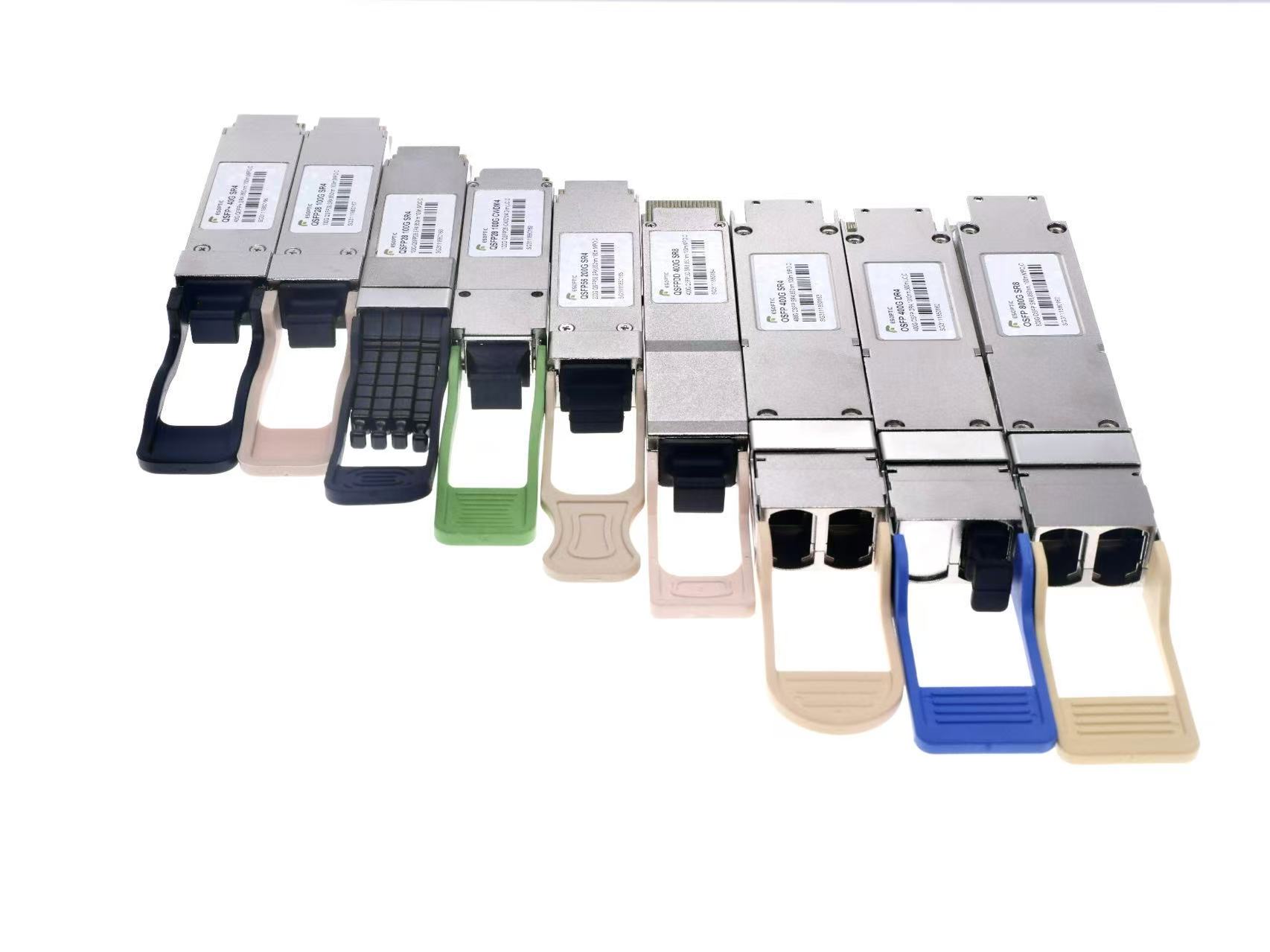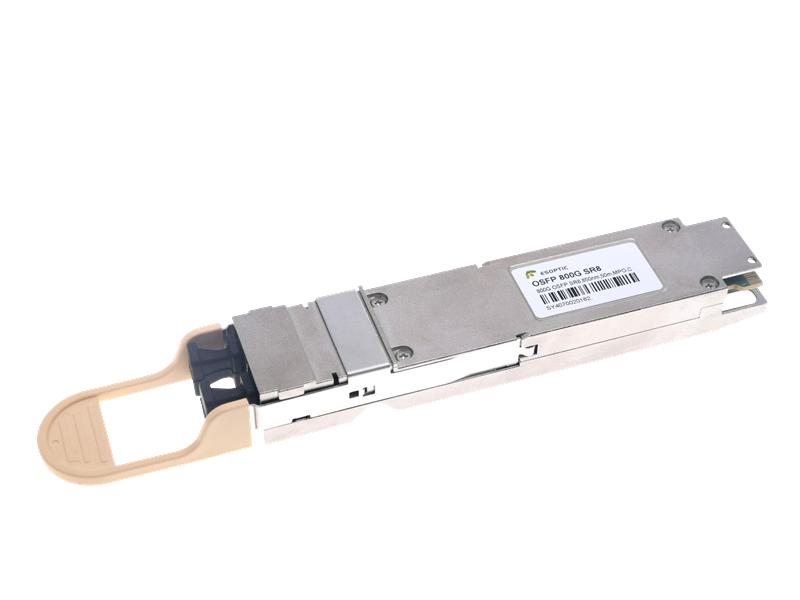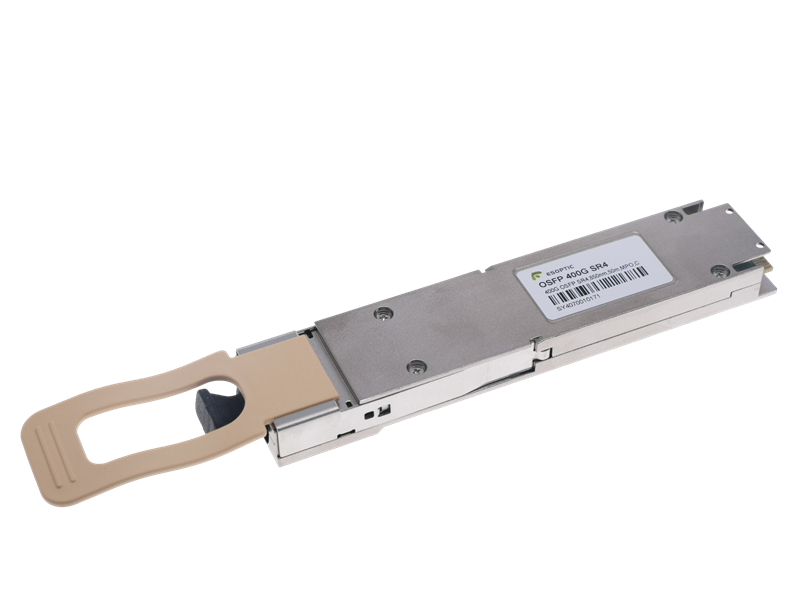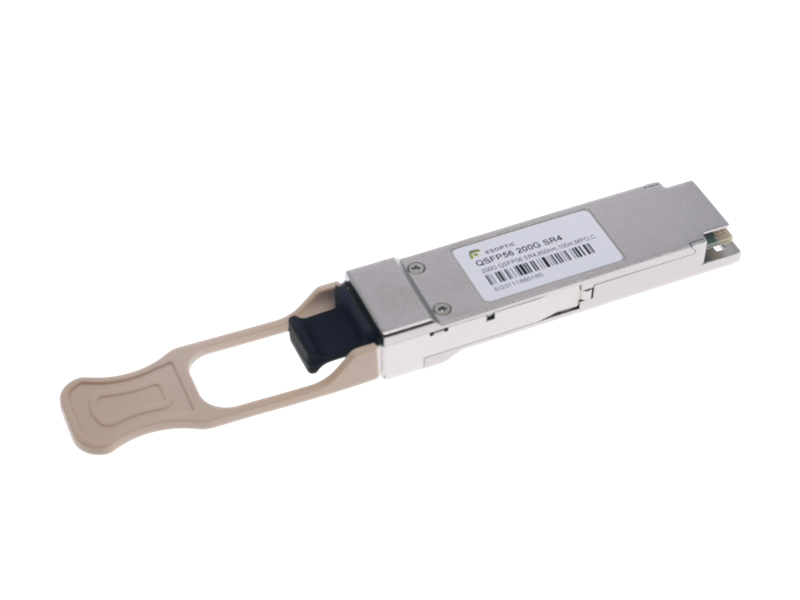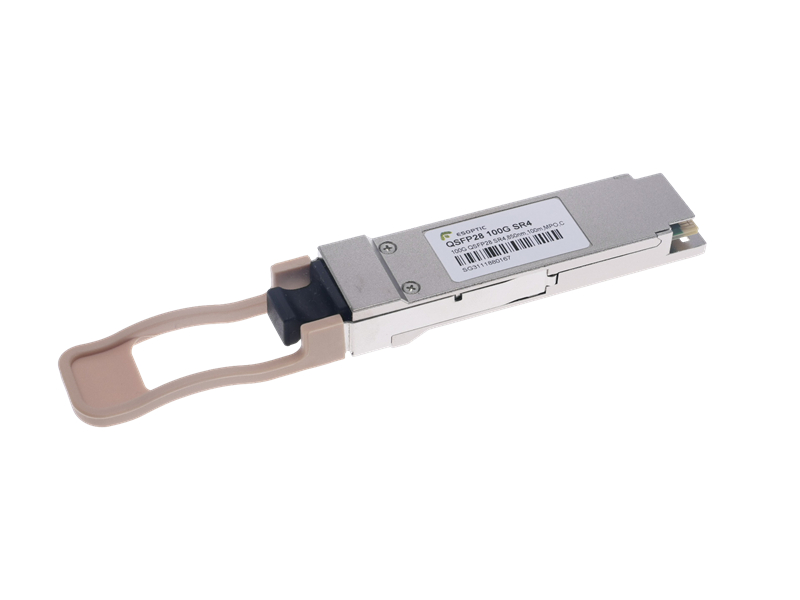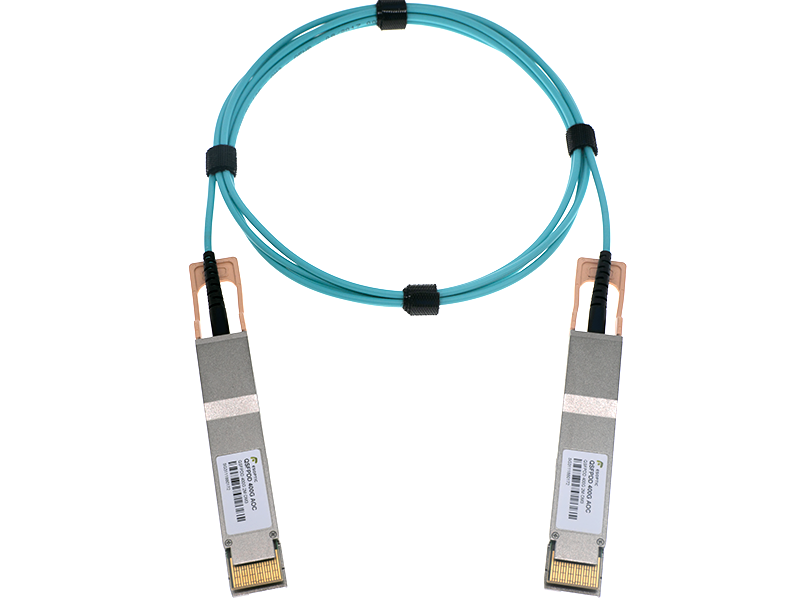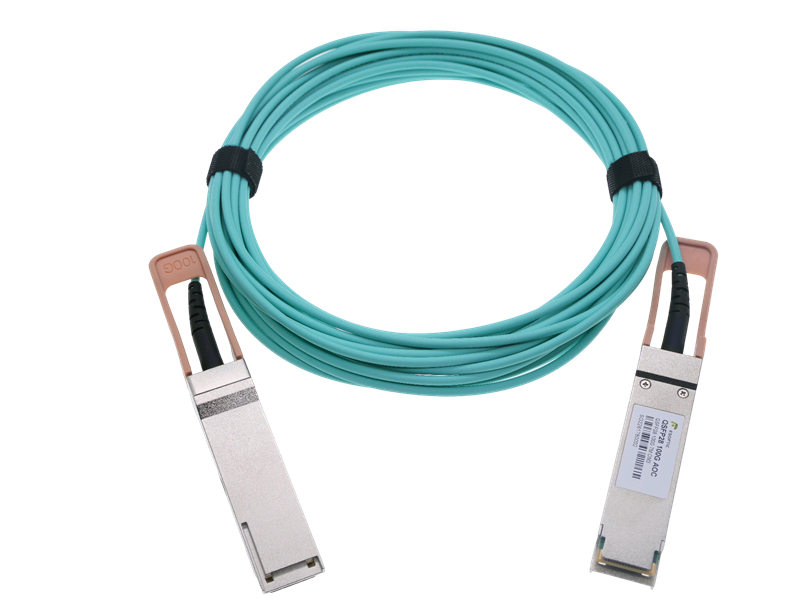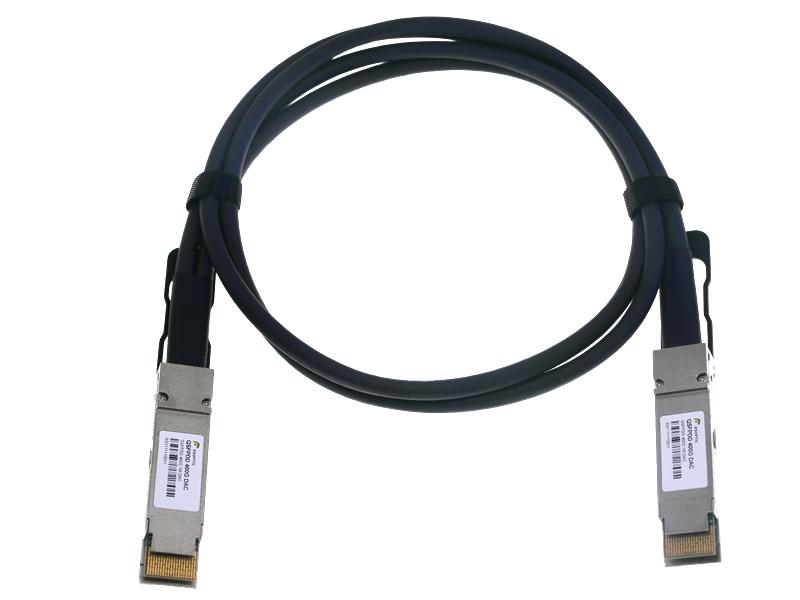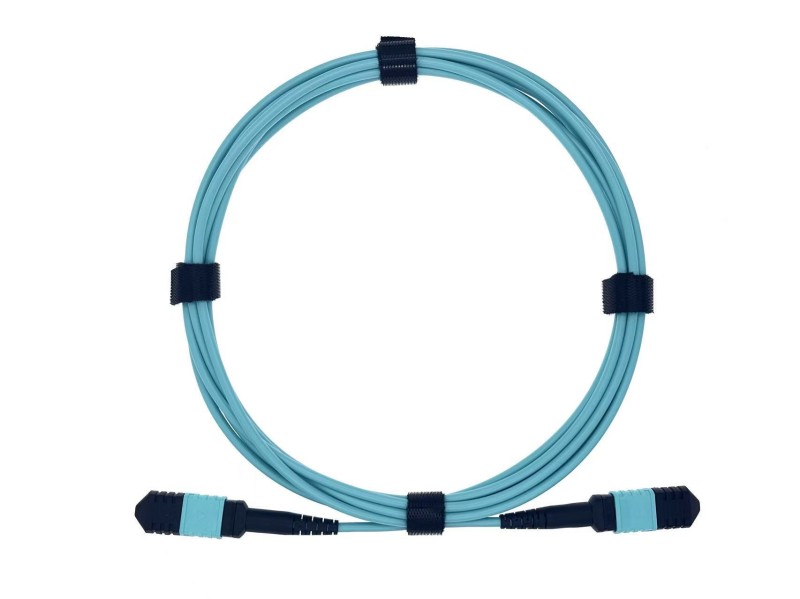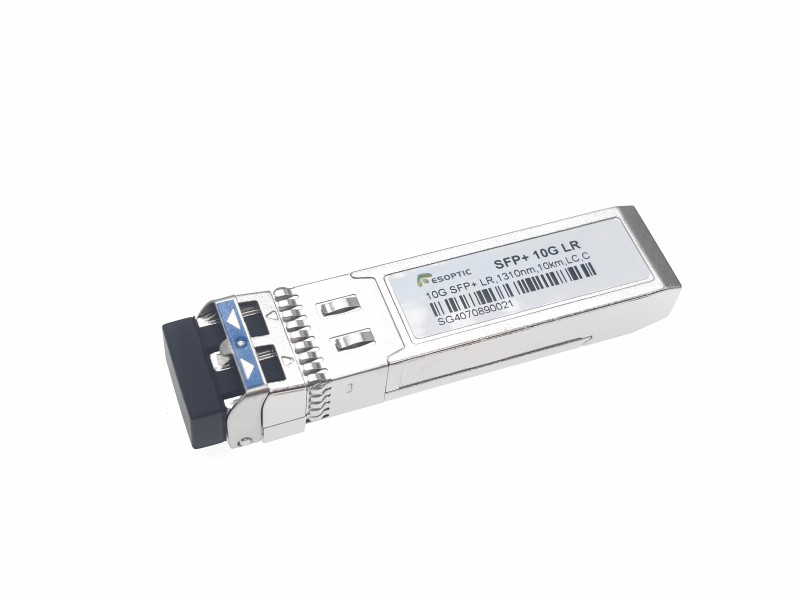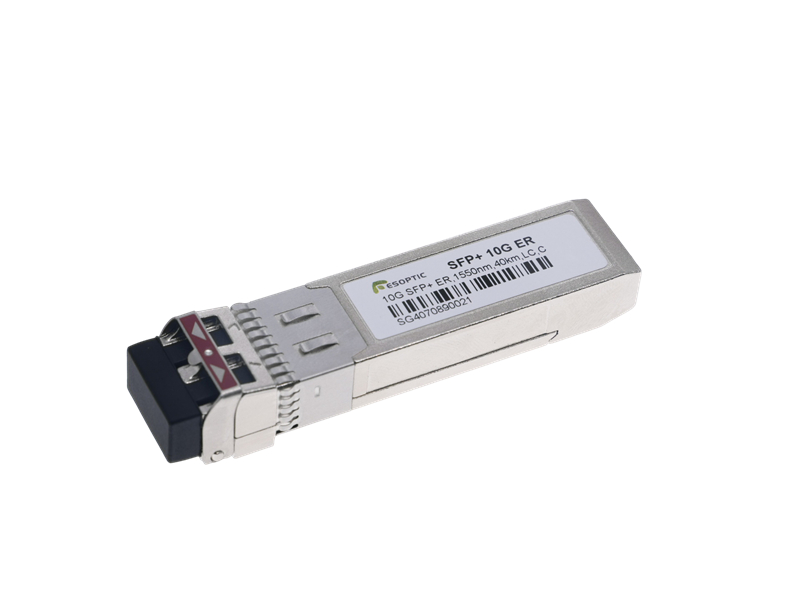In today’s high-speed network environments—from enterprise backbones to hyperscale data centers—optical transceivers are the silent workhorses enabling fast, reliable communication. An optical module converts electrical signals to optical signals and vice versa, forming the physical link between networking devices over fiber. This article provides a technical yet approachable breakdown of what optical transceivers are, how they work, and why they’re essential in modern connectivity infrastructure.
Understanding Optical Transceivers: The Basics
An optical transceiver, often referred to as an optical module, is a compact device that transmits and receives data over optical fiber. These modules are widely used in switches, routers, servers, and other networking hardware to support high-bandwidth, long-distance communication.
What makes an optical transceiver unique is its bidirectional capability—it can both send and receive signals. This dual function is housed within a single pluggable unit, allowing easy upgrades, maintenance, and scalability.
How Do Optical Transceivers Work?
At the heart of any optical transceiver is a process of electrical-to-optical and optical-to-electrical conversion. Here’s how it works:
Transmit Function: The module receives an electrical signal from the host device. A laser diode (either a VCSEL or DFB laser, depending on the module type) converts this signal into light, which travels through fiber.
Receive Function: On the return path, a photodiode detects incoming light signals and transforms them back into electrical data for the host.
This conversion happens at ultra-high speeds—often in the range of 10G, 25G, 100G, or even 800G, depending on the transceiver standard.
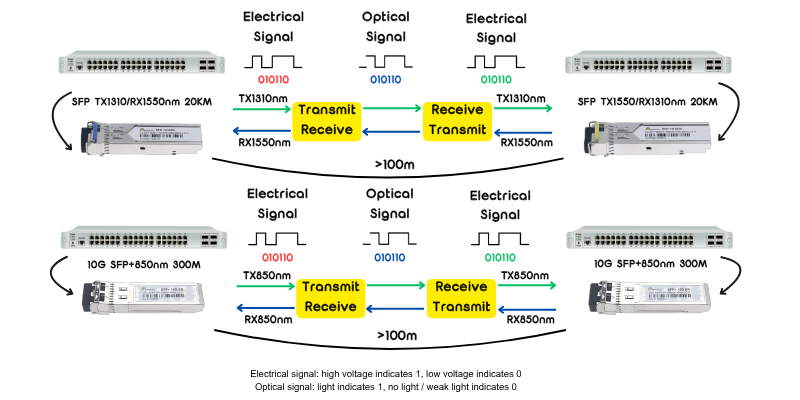
Inside the Optical Module: Components & Structure
An optical transceiver may appear simple on the outside, but it’s packed with intricate components that manage signal quality, compatibility, and diagnostics:
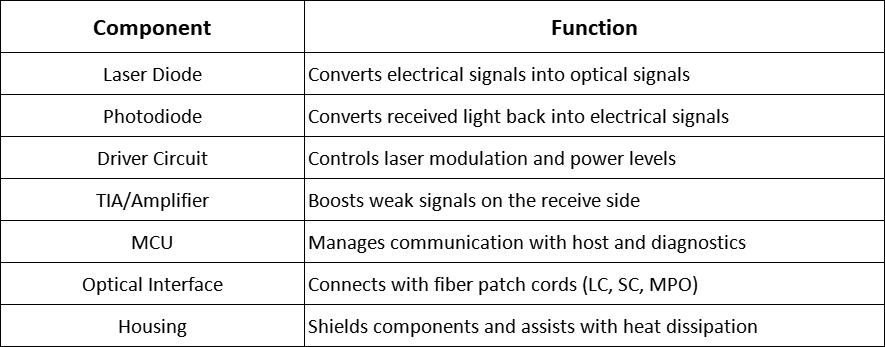
Most modern modules also support DDM (Digital Diagnostic Monitoring), enabling users to monitor real-time parameters like temperature, optical power, and voltage.
Types of Optical Transceivers by Form Factor
Form factor determines the size, connector type, and speed capabilities of a transceiver. Common standards include:
SFP / SFP+ – Up to 10Gbps, widely used in enterprise networks
QSFP+ / QSFP28 – 40G and 100G modules for data centers and core routers
QSFP-DD / OSFP – Designed for ultra-high-speed applications, up to 800G
CFP / CFP2 – Larger footprint modules for long-haul telecommunications
Each form factor corresponds with industry protocols like Ethernet, Fibre Channel, or InfiniBand, and integrates seamlessly into modular slots on compatible hardware.
Applications of Optical Modules in Modern Networks
Optical transceivers are essential across a wide range of industries and network architectures. Here are the most common applications:
Data Centers: Top-of-rack, spine-leaf, and inter-rack connectivity
Telecommunications: Backbone links in metro and long-haul networks
Enterprise LANs: High-speed links between switches and servers
AI & HPC Clusters: High-bandwidth, low-latency optical interconnects
FTTx Deployments: Optical access networks in residential areas
As networks evolve toward higher data rates and greener footprints, transceivers continue to advance in speed, efficiency, and integration.
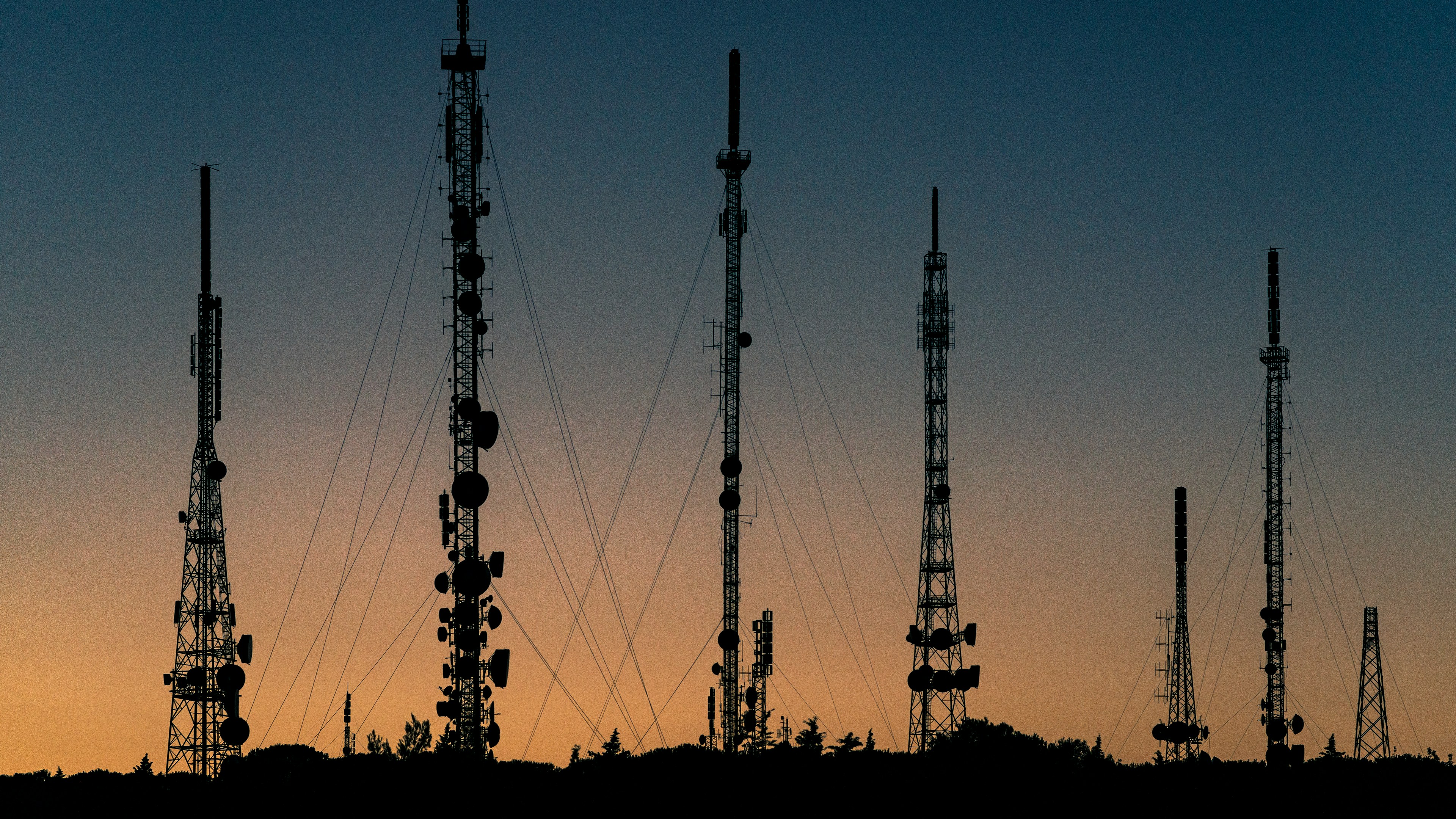
FAQ: Optical Transceivers
Q1: Are optical transceivers interchangeable between vendors?
A: Not always. Some network devices enforce compatibility restrictions. However, high-quality third-party transceivers are available and widely adopted if properly coded.
Q2: What’s the difference between single-mode and multi-mode modules?
A: Single-mode is for long distances (up to 80 km), while multi-mode supports shorter ranges (typically under 500 m). They use different types of fiber and light sources.
Q3: How can I tell if a transceiver is failing?
A: Look for symptoms like increased error rates, loss of link, or abnormal DDM readings (e.g., temperature or optical power out of range).
Q4: What’s the lifespan of a typical optical module?
A: When used within spec, most modules last 5–10 years. Factors such as temperature, usage, and physical handling affect longevity.
Q5: Why are 800G modules becoming more common?
A: As cloud computing, AI, and video services grow, 800G modules provide the bandwidth density needed to meet next-generation demands.
Final Thoughts
Optical transceivers may be small, but their impact on today’s connected world is enormous. They form the backbone of high-speed communication—ensuring data moves fast, far, and reliably. Understanding their structure, operation, and role across industries provides valuable insight into the invisible forces behind global connectivity.
For enterprises and engineers alike, choosing the right optical module can mean the difference between scalable performance and network bottlenecks. Stay tuned as new technologies like co-packaged optics and pluggable coherent modules further reshape the future of fiber optic networking.
